The Vietnam - European Union Free Trade Agreement (EVFTA) has been helping to further expand business opportunities between Vietnamese enterprises and the European market in general and Northern Europe in particular by improving market access and addressing trade barriers that businesses may encounter.
Transparent rules and practices provide stability and improve predictability, allowing businesses to confidently implement long-term plans.
However, consumers in these countries are particularly concerned about environmental protection and food safety. Therefore, many new regulations will be issued in the near future to address these two concerns, so Vietnamese businesses need to pay attention to them in order to export successfully.
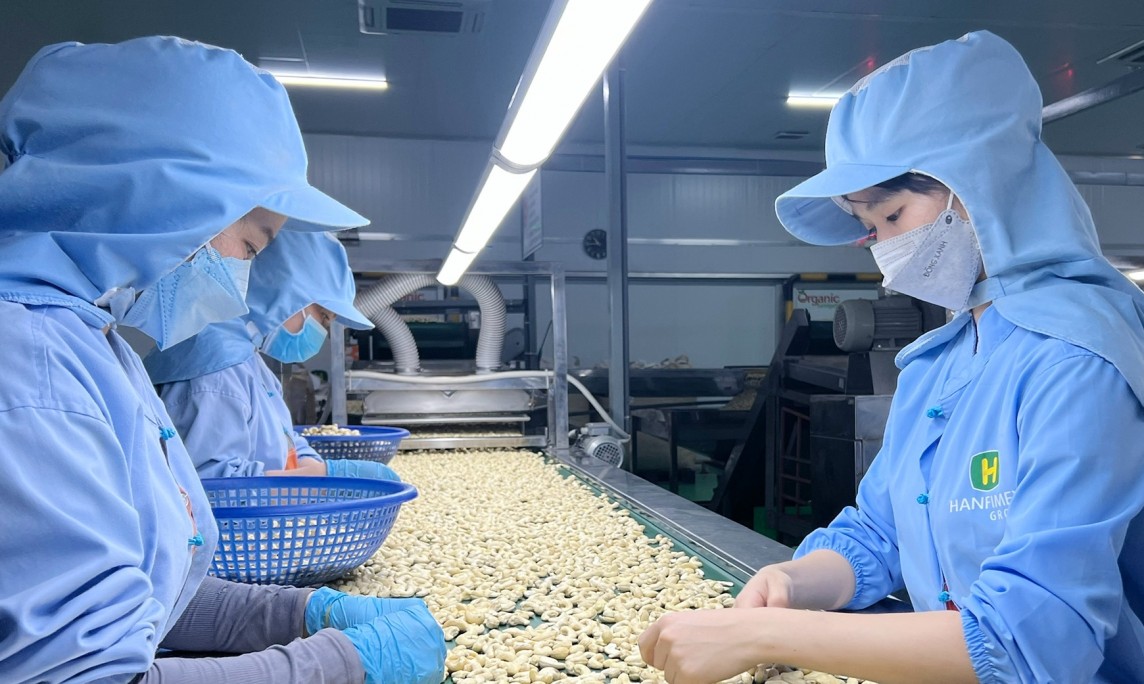 |
| Food safety is a key issue for goods exported to the Nordic market. Photo: Binh Phuoc Newspaper |
The Vietnam Trade Office in Sweden said that Sweden and Denmark are members of the European Union, but Norway is not. However, Norway is a member of the European Economic Area (EEA). In practice, this means that Norwegian food laws and regulations largely mirror those of the European Union (EU). Therefore, EU law can be used as a basis for all three countries.
For Vietnamese cashew products, to facilitate export to Northern European countries, the Trade Office believes that cashew products need to comply with the European General Food Law (EC) 178/2022 and the general food hygiene regulations (EU) 2017/625.
Firstly , on the issue of food safety, the Trade Office stressed that this is a key issue. All food products, including cashews, sold in the EU, European Free Trade Association (EFTA) and UK countries must be safe. This also applies to imported products. Only approved additives are allowed. Food products must comply with maximum levels for harmful contaminants, such as bacteria, viruses, pesticide residues and heavy metals.
The labeling must clearly state whether the food contains an allergen, the trade noted, because research has shown that cashews are a potent allergen, causing severe allergic reactions that last longer than other food allergies. According to recent research, clinical reactions to cashews can be severe, including anaphylaxis.
On the other hand, certain plants and plant products entering the EU require a phytosanitary certificate. A phytosanitary certificate is required for the import of certain cashew nuts into the EU from third countries, other than Switzerland. This applies in particular to cashew nuts, whole, fresh, in shell, according to Regulation (EU) 2019/2072.
“ In the case of additives, these must be approved by the European Safety Authority,” the Trade Office specifically recommends and states. The additives must meet the specifications laid down in Regulation (EU) No 231/2012. The list of approved food additives can be found in Annex II to Regulation (EC) No 1333/2008. The label must clearly indicate to the consumer whether the product contains cashew nuts, as they can cause severe allergic reactions.
In addition, an important measure in controlling food safety hazards involves the identification of critical control points (HACCP) by implementing food management principles. Placing food products under official control is another important measure. Products that are not considered safe will be refused entry into Europe.
Second , the food contaminant regulation, the EU sets strict controls on contaminants in food, especially aflatoxin. If a product contains more contaminants than allowed, it will be withdrawn from the market. These cases are reported by the European Rapid Alert System for Food and Feed (RASFF).
Third , the regulation on mycotoxins, mycotoxin-contaminated cashew shipments have led to some shipments to Europe being rejected at the border. In 2022, the RASFF system recorded 1 serious risk report for cashew shipments due to aflatoxin contamination, when a shipment of cashews from Vietnam was stopped in Italy due to high levels of aflatoxin.
The presence of mycotoxins (especially aflatoxins) is a common reason why some nut shipments may be prevented from entering the European market. The aflatoxin B1 content in nuts (including cashews) must not exceed 5 µg/kg and the total aflatoxin content (sum of aflatoxins B1, B2, G1, G2) must not exceed 10 µg/kg. However, the incidence of aflatoxin contamination in cashews is much lower than in peanuts.
Cashews can be susceptible to mold attack pre- and/or post-harvest due to their high nutritional content and this can be accelerated by improper storage conditions.
Fourth , pesticide residue regulations, the European Union has established maximum residue levels (MRLs) for pesticides in and on food products. The European Union regularly publishes a list of pesticides that have been approved and permitted for use in the European Union. This list is regularly updated.
Fifth , the heavy metals regulation, Regulation (EU) 2023/915, sets a maximum cadmium level for cashew nuts (and all other tree nuts except pine nuts) of 0.20 mg/kg wet weight. The maximum level does not apply to nuts intended for crushing and refining, provided that the remaining crushed nuts are not placed on the market for human consumption.
Sixth , under the Microbiological Contamination Regulations, the presence of salmonella and E. coli at very low levels in ready-to-eat or processed foods, including cashews, is a significant cause of foodborne illness. Nut processors should consider salmonella and E. coli as a major public health risk in their hazard analysis and critical control point (HACCP) plans.
According to the Vietnamese Trade Counselor in Sweden, in order to export smoothly and successfully to European countries in general and Northern Europe in particular, businesses need to regularly update information on the latest developments in the European Green Deal and any new regulations, policies, strategies or plans to implement this Agreement as well as new EU regulations.
At the same time, proactively research and assess the potential impact of new policies on business operations and exports, and identify which areas and stages need to be improved to meet the new sustainability and safety standards of this regional market.
Additionally, businesses should consider adopting more sustainable and environmentally friendly measures, such as reducing greenhouse gas emissions, increasing energy efficiency and using recycled materials.
Furthermore, businesses can consider changing their production model, shifting from a production and export model that focuses only on output to a modern production model that focuses on environmental factors and sustainable development, along with digital transformation and the application of new technologies in production activities.
Source






![[Photo] Phuc Tho mulberry season – Sweet fruit from green agriculture](https://vstatic.vietnam.vn/vietnam/resource/IMAGE/2025/4/10/1710a51d63c84a5a92de1b9b4caaf3e5)
![[Photo] Prime Minister Pham Minh Chinh chairs meeting to discuss tax solutions for Vietnam's import and export goods](https://vstatic.vietnam.vn/vietnam/resource/IMAGE/2025/4/10/19b9ed81ca2940b79fb8a0b9ccef539a)

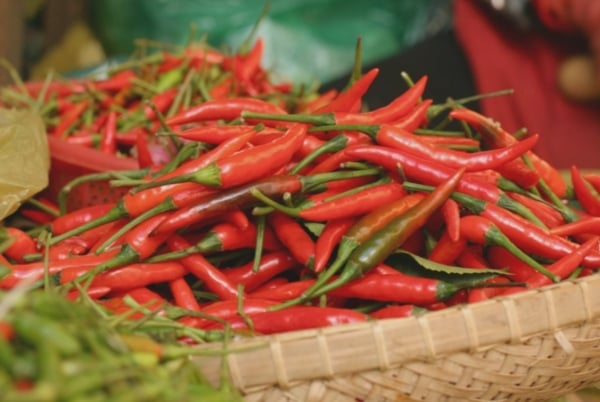

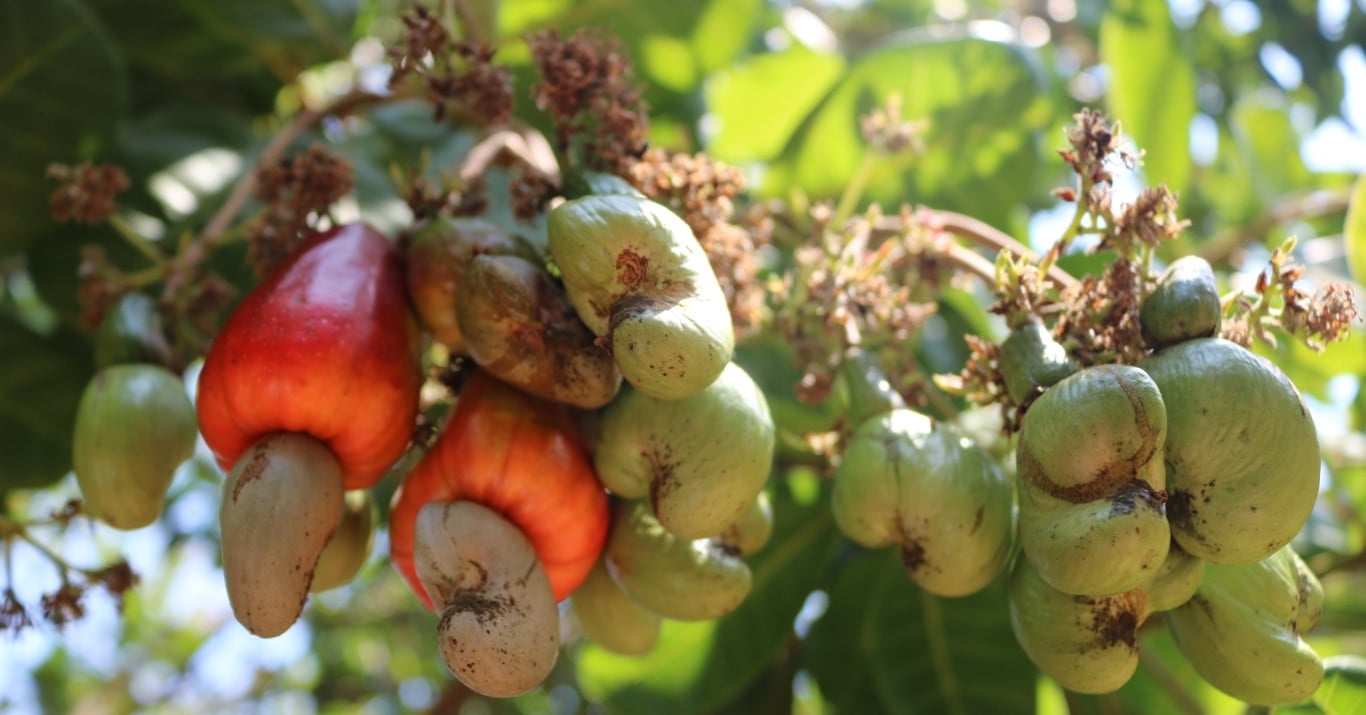


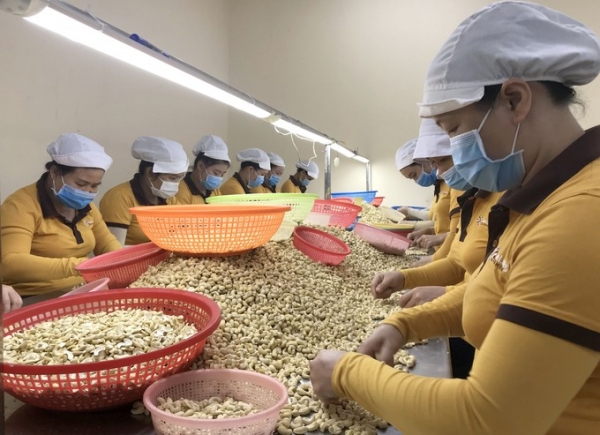










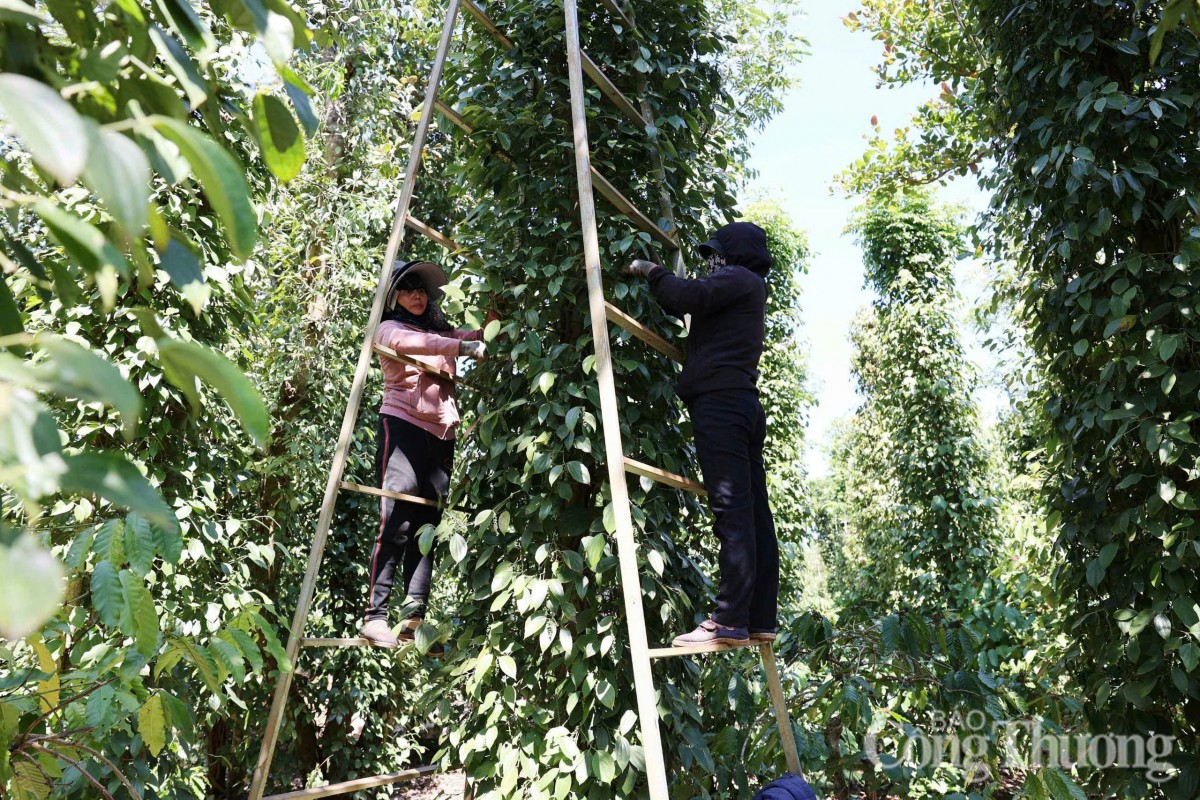
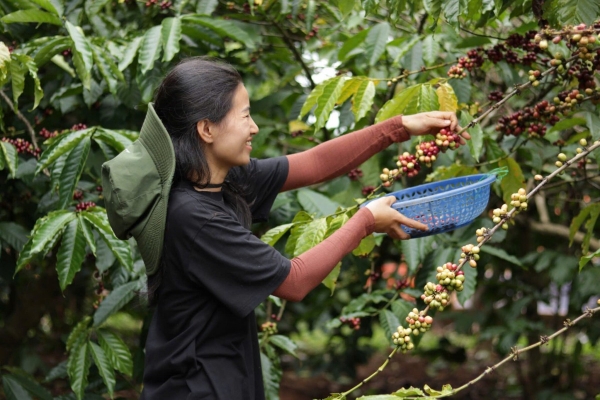
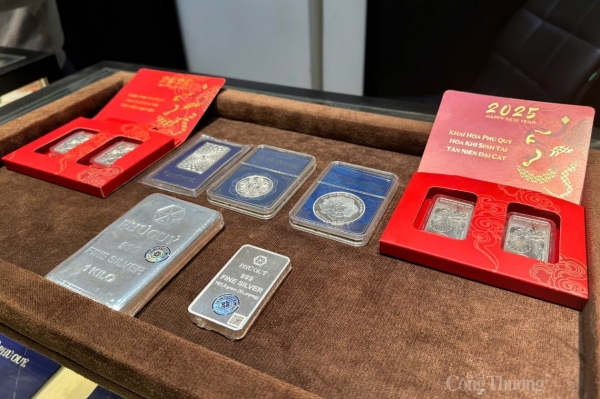
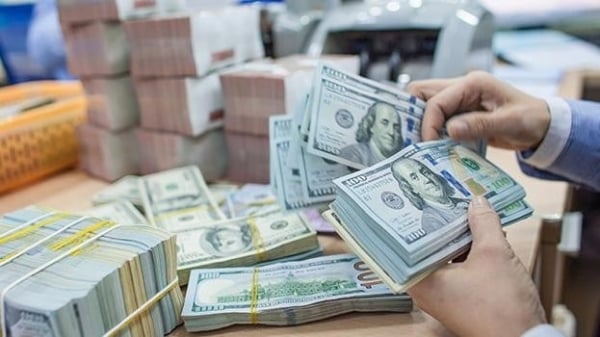
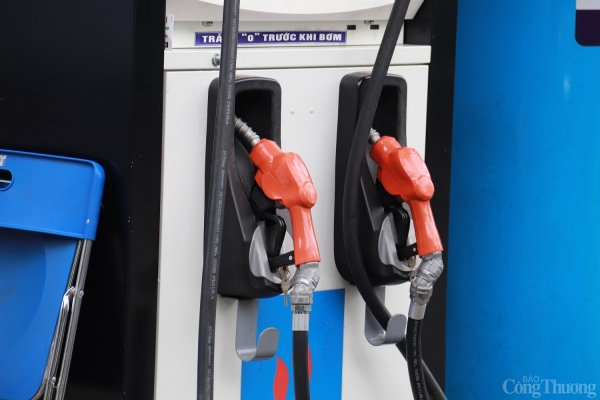
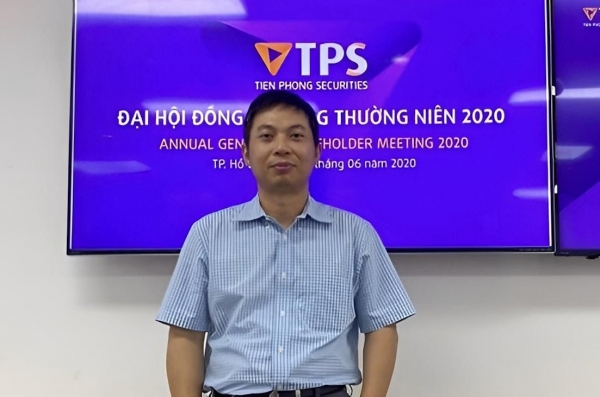
![[Photo] Unique folk games at Chuong Village Festival](https://vstatic.vietnam.vn/vietnam/resource/IMAGE/2025/4/10/cff805a06fdd443b9474c017f98075a4)




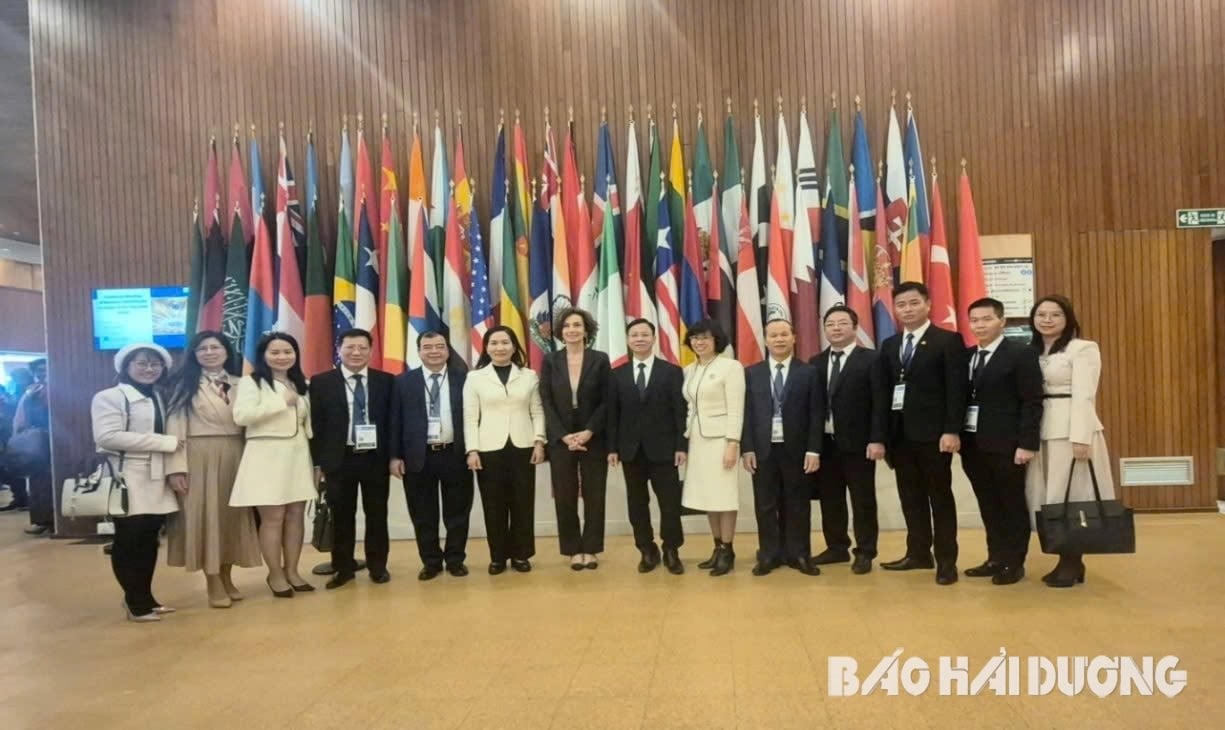
















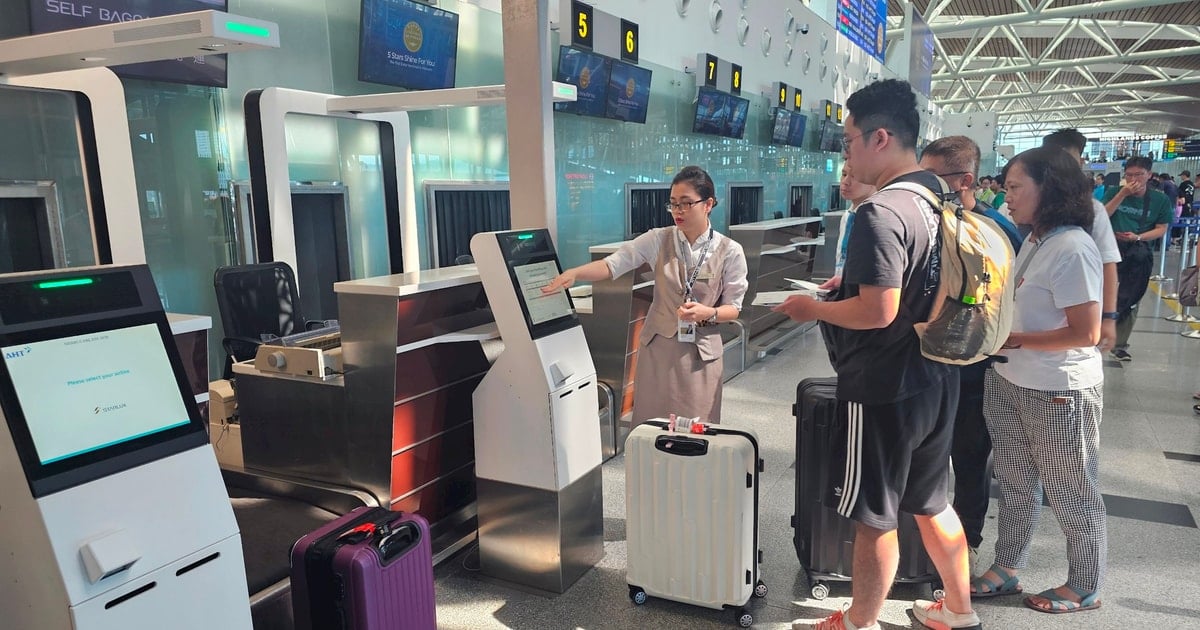



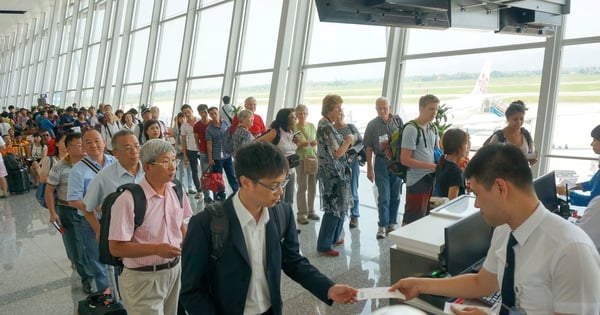


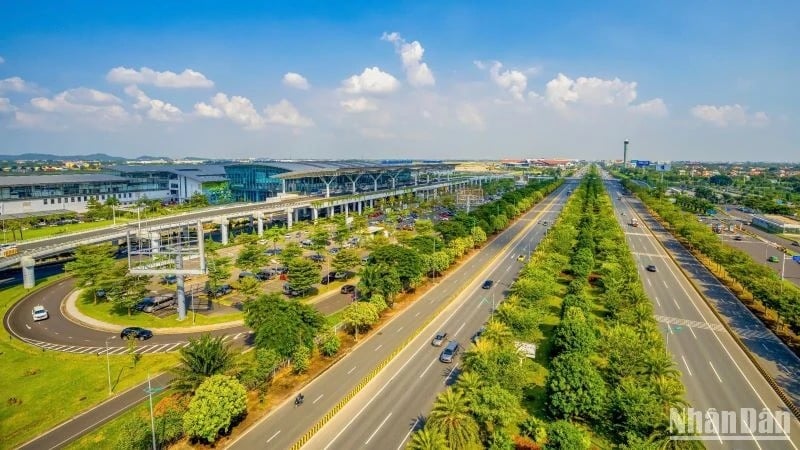



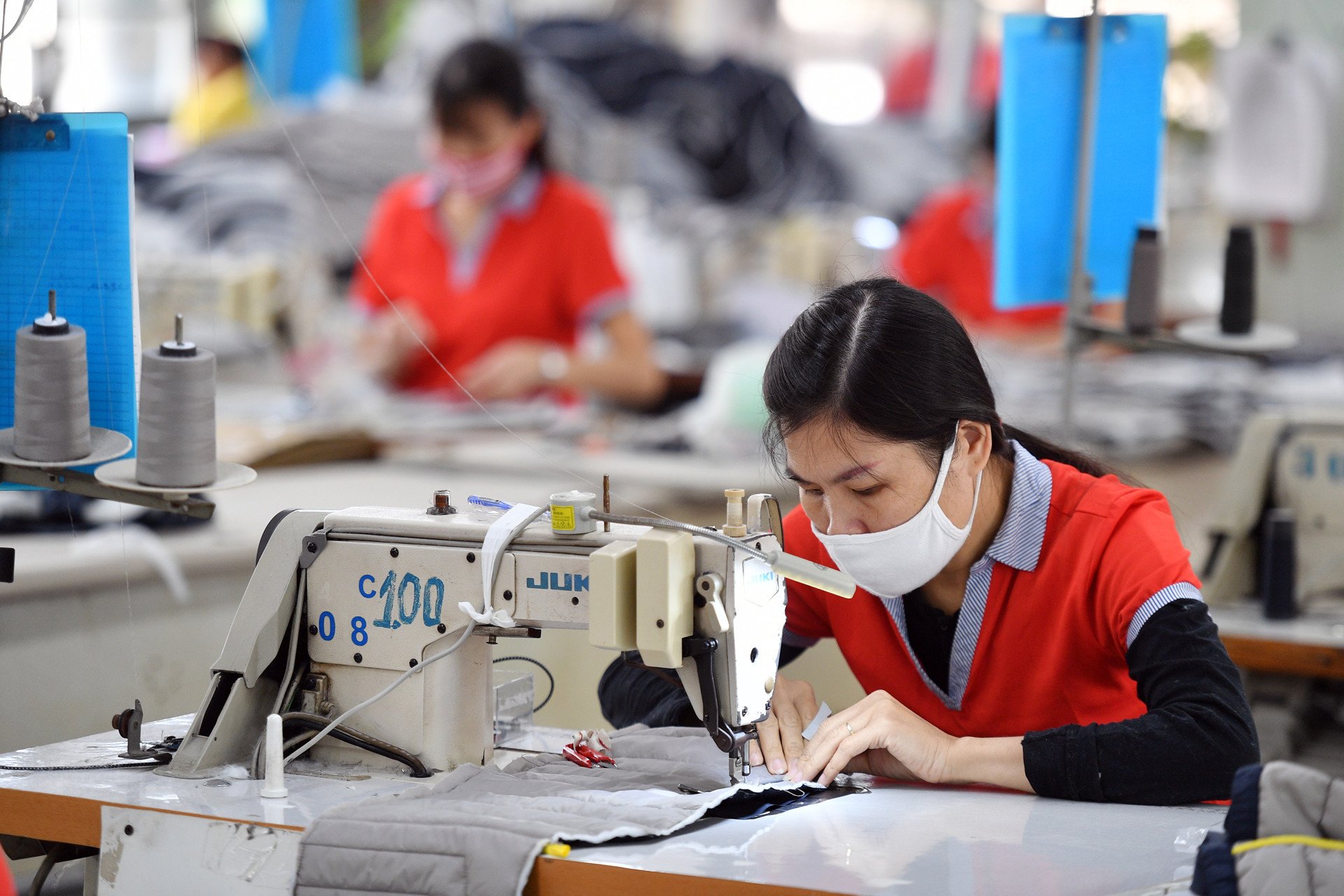



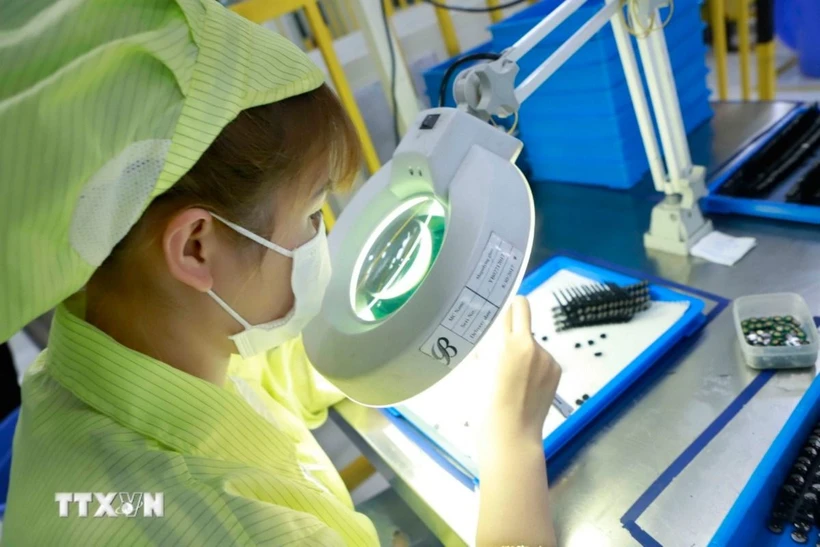



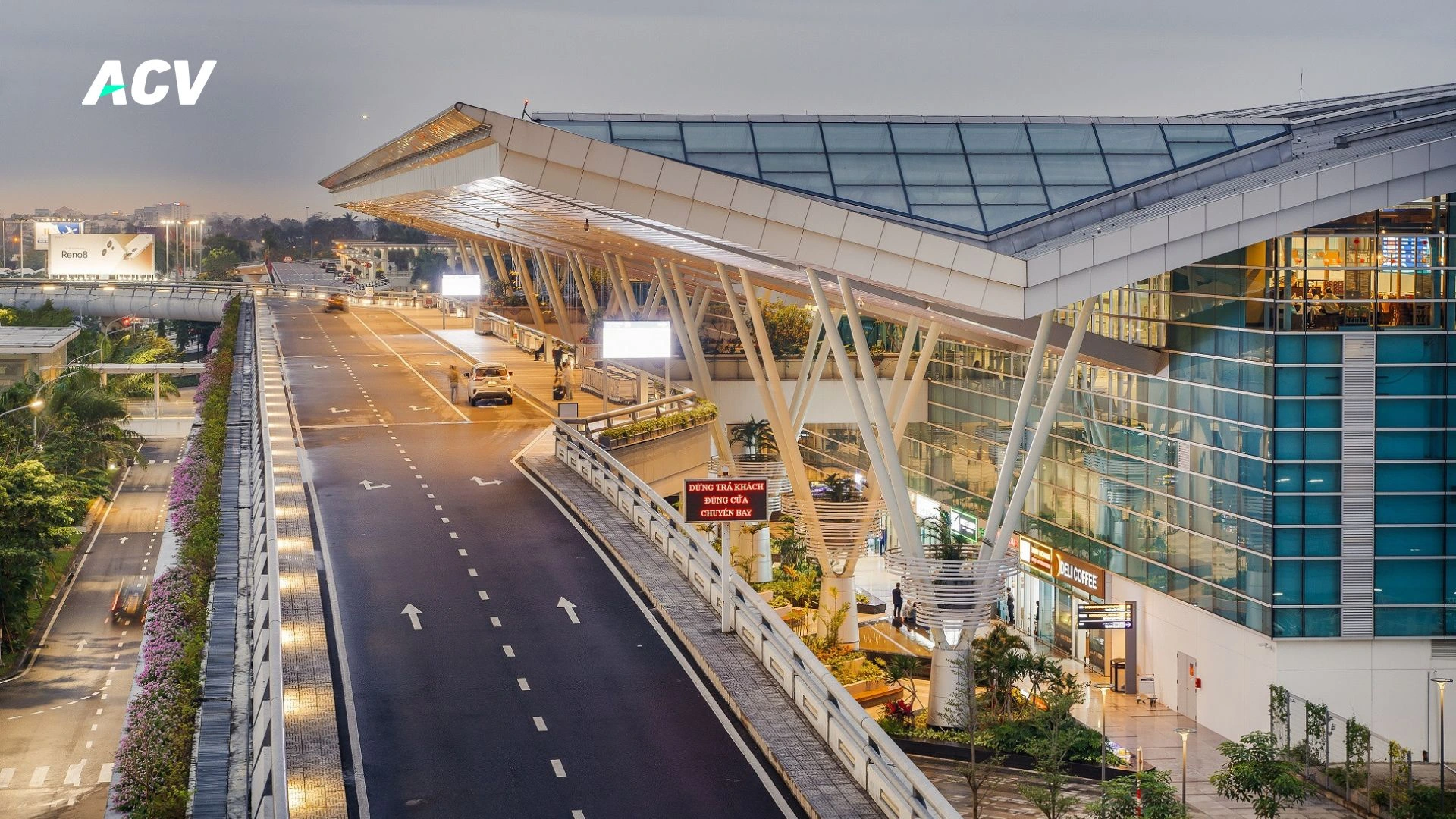





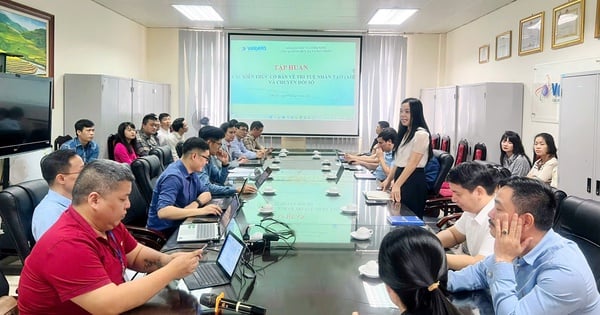

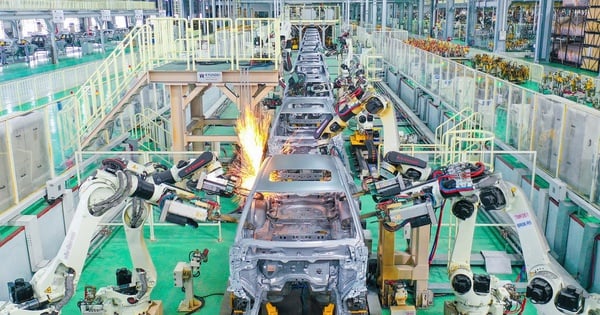

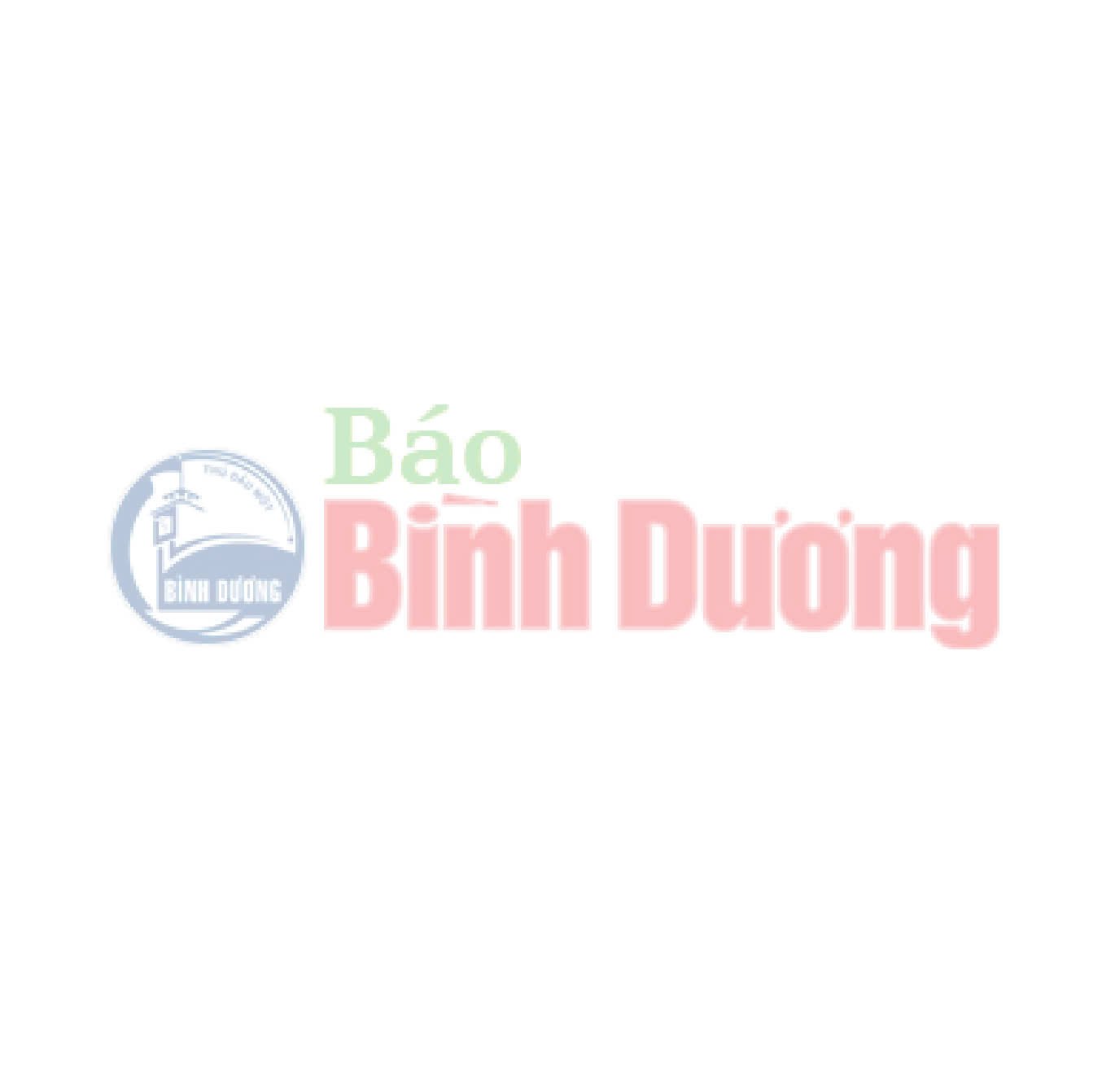



![[Photo] Taking advantage of every sunny hour, asphalting the road through the old forest of Y Ty](https://vstatic.vietnam.vn/vietnam/resource/IMAGE/2025/4/11/c11987f152014781abe6aad9e09fb401)






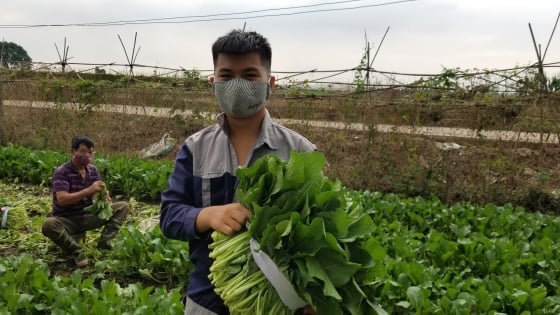



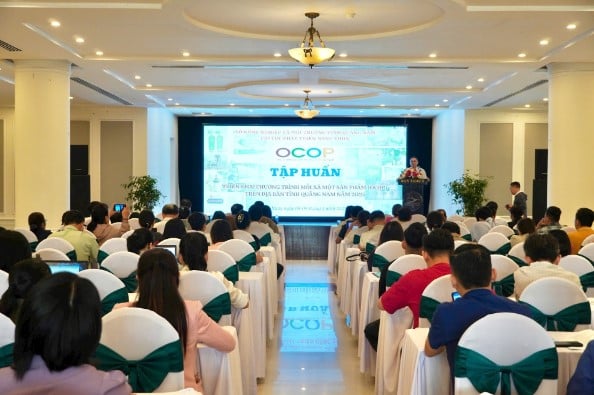
Comment (0)